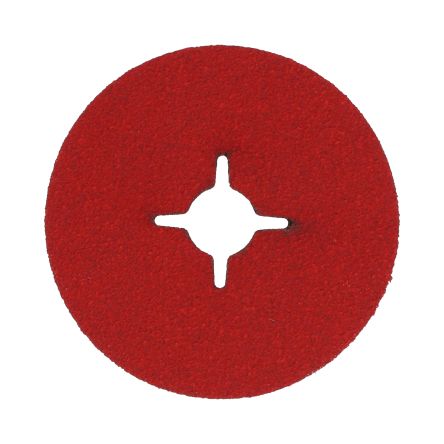
Brand
- Fiskars 187
- CRC Press 130
- Callaway 128
- Asics 112
- Norton Quantum 98
- Kettle Homes 50
- Schneider Electric 41
- RAB 34
- Routledge 26
- Samsung 24
- Hisense 22
- Quantum 20
- Dalbello 19
- Chapman & Hall 15
- Finish 15
- Pan Stanford Publishing 13
- Norton Saint Gobain 12
- Swix 12
- Genware 11
- MSI 10
- Acer 9
- Tactical 8
- Norton 7
- Ortovox 7
- adidas 7
- Apple Academic Press 6
- Dimplex 6
- MAMMUT 6
- Berghaus 5
- DIMPLEX NS 5
- Tornado 5
- Adidas 4
- Carmine Lake 4
- Fairy 4
- LG 4
- Nobo 4
- SQUARE ENIX 4
- Activision 3
- CraftifulOils 3
- Microsoft Studios 3
- Paradox Interactive 3
- AWD-IT 2
- Fairmont Press 2
- Master Class 2
- Mirrorstone Heating 2
- Morley 2
- Musto 2
- Rip Curl 2
- Routledge India 2
- Sure 2
- Teknik 2
- The Quantum Astrophysicists Guild 2
- Universal 2
- A K Peters/CRC Press 1
- Airdri 1
- Awesome Games Studio 1
- Bedroom & More 1
- Dharker Studios Ltd 1
- Fishing Cactus 1
- GLOBAL RELAX 1
- Gamedust 1
- Gibco 1
- Intragames, DANGEN Entertainment 1
- Italic Pig Limited 1
- JBL 1
- KISS ltd 1
- KPL 1
- Kentec Electronics 1
- MILLI-Q 1
- Mitutoyo 1
- Nimble Giant Entertainment 1
- OnePlus 1
- PQube Limited 1
- Palit 1
- Phoenix Contact 1
- Polo Ralph Lauren 1
- Pride Mobility 1
- Productivity Press 1
- Quantum Gear Studios 1
- Spigen 1
- TCL 1
- Taylor & Francis 1
- Ternua 1
- X= 1
- Zoro Select 1
Colour
Size
Gender
Merchant
- Zoro UK Limited 368
- Routledge 197
- Golf Gear Direct 128
- Wrong Weather 78
- Home Done 51
- LuisaViaRoma.com 51
- Glisshop uk 46
- RS Components UK 46
- best-deal-store 40
- Slam Jam. 38
- K4G.COM 26
- Luisaviaroma Css 21
- Selfmade.com 19
- MyTrendyPhone.co.uk 11
- Kick Game 7
- AWD IT 6
- Plusshop UK [OLD] 6
- Marks & Spencer UK 5
- ecoequipments 5
- havens.co.uk 5
- Gadgetmastersonline 4
- Gordons Direct 4
- Lime Lace 4
- Acorn Fire & Security 3
- Craftiful Fragrance Oils 3
- uk.plusshop.com 3
- Ann's Cottage 2
- M&S UK 2
- uk.bazta.com 2
- Global Relax 1
- HobbyPerline.com 1
- Mobility Smart 1
























